
The Butterfly Effect
“When one tugs at a single thing in nature, one finds it attached to the rest of the world.”
John Muir
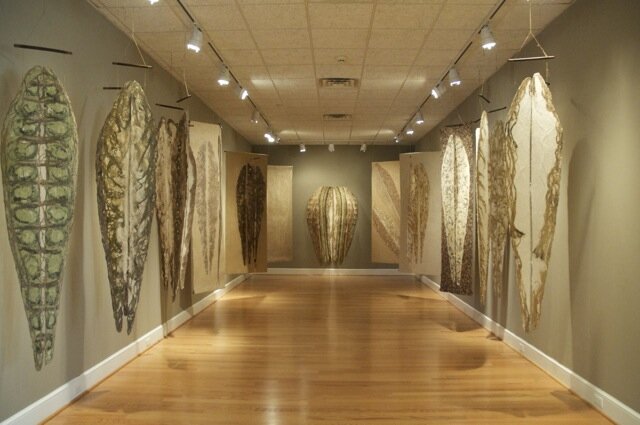
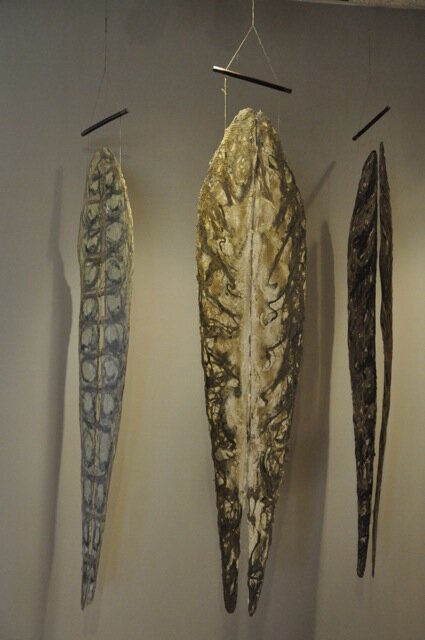
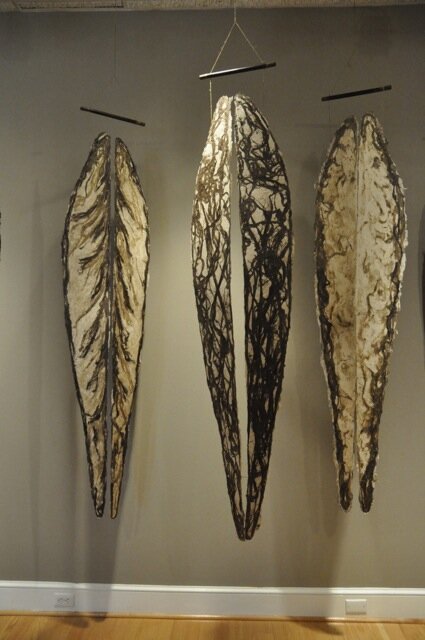
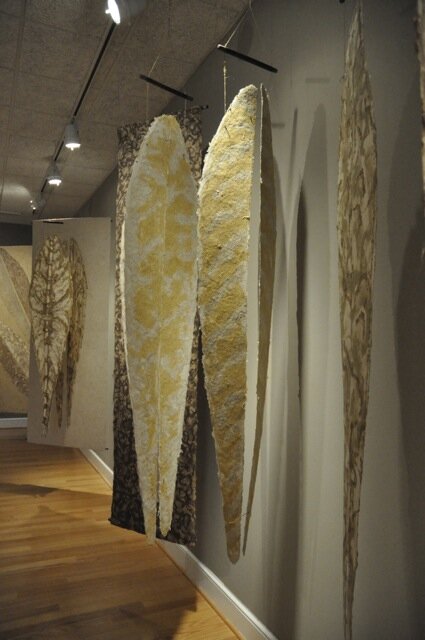
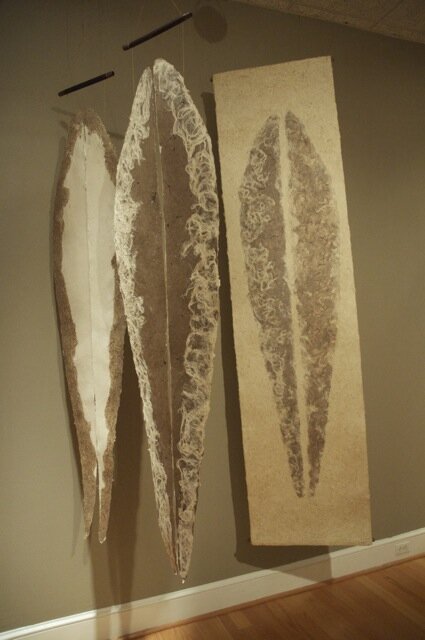
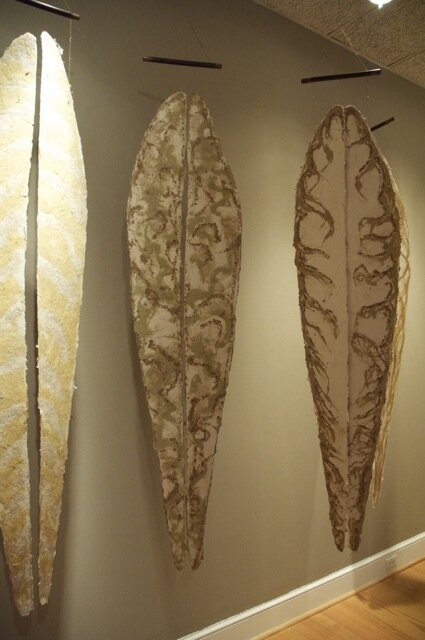
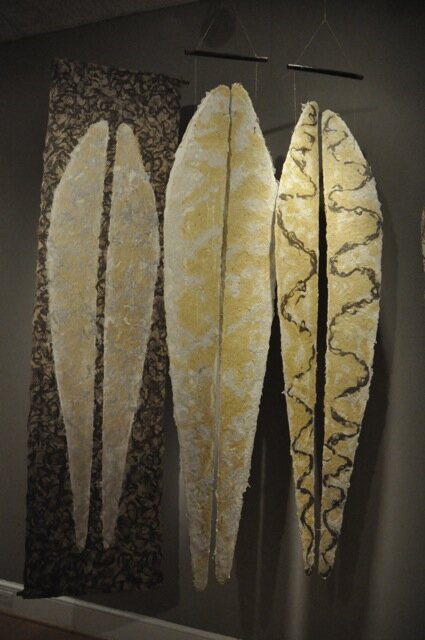
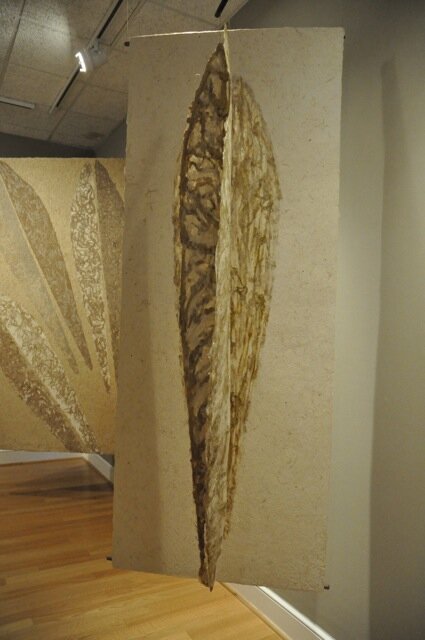
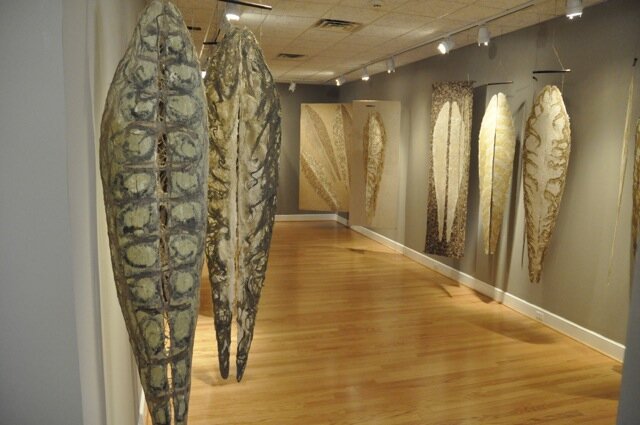
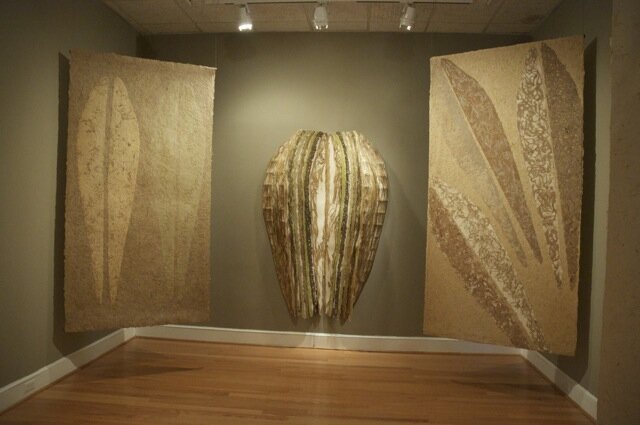

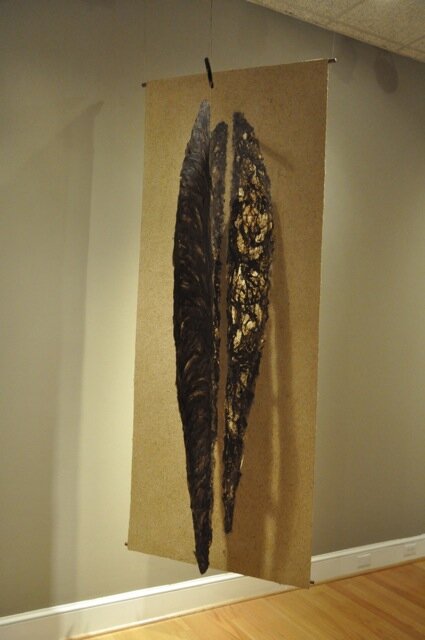
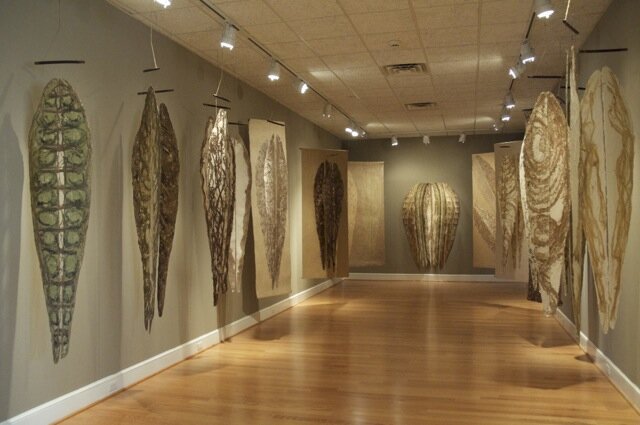
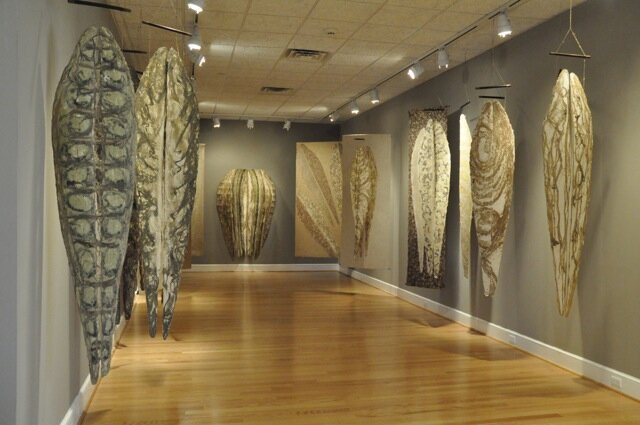
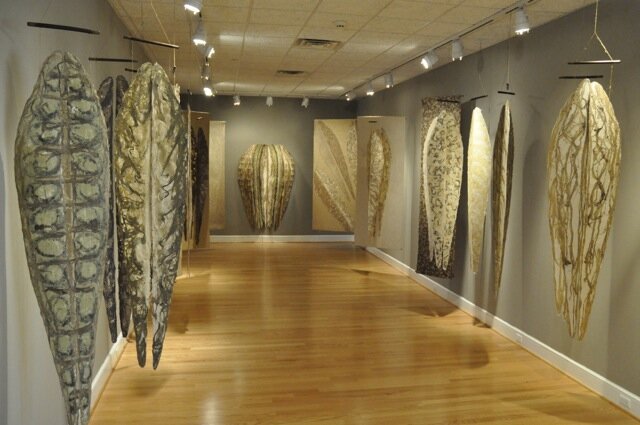
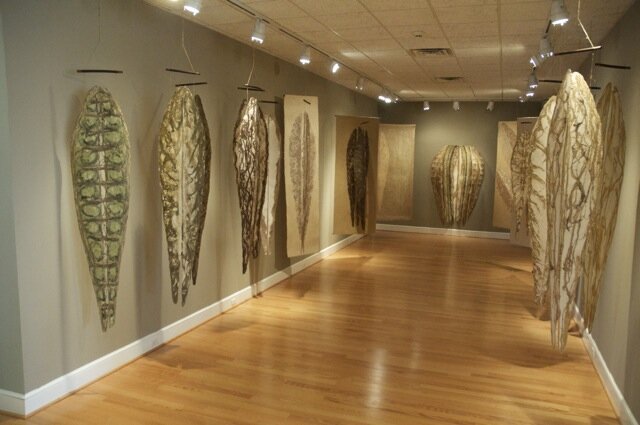
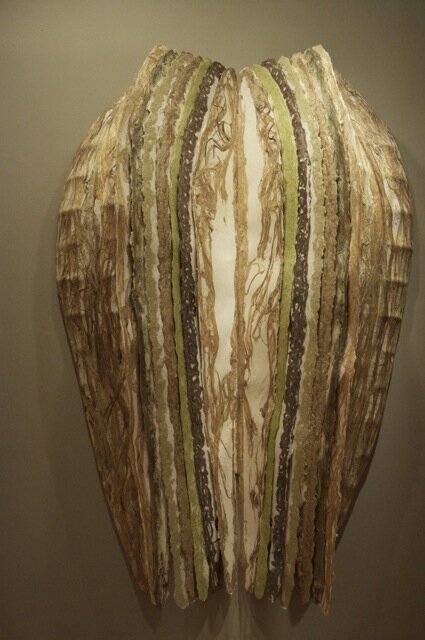
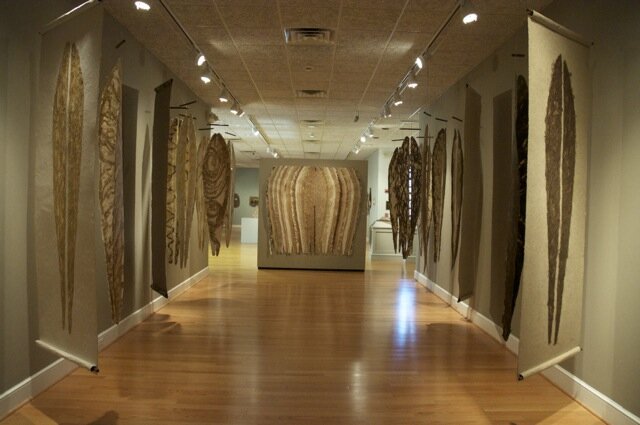
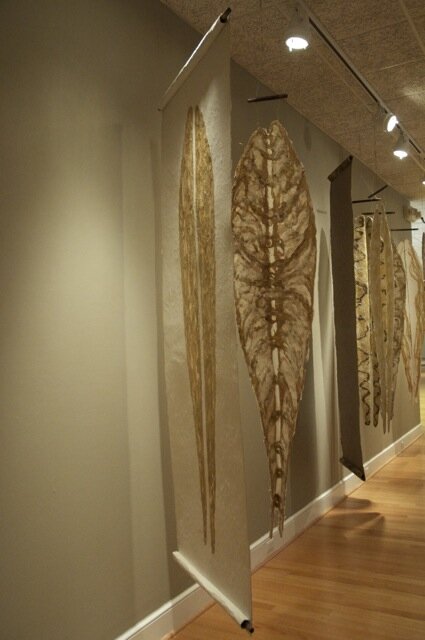
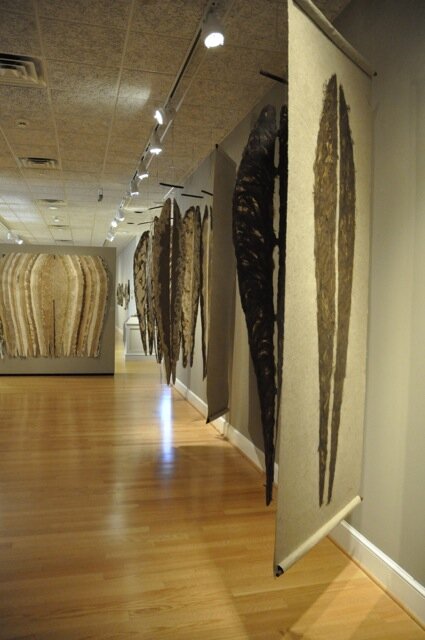
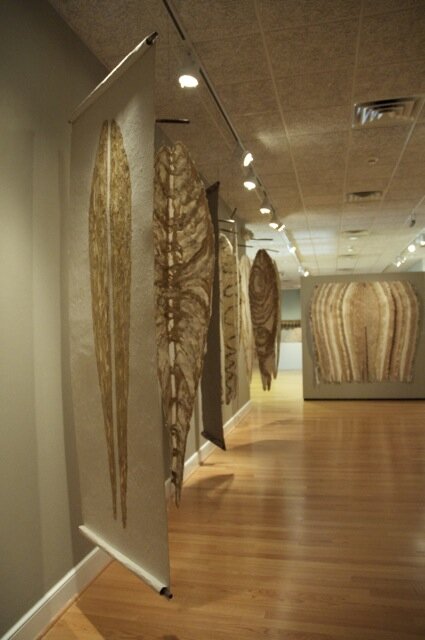
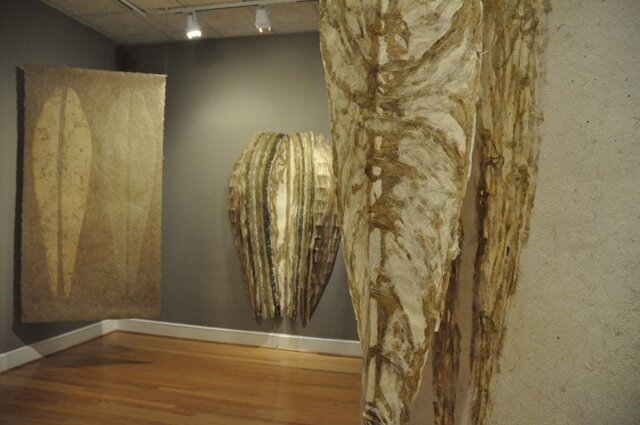
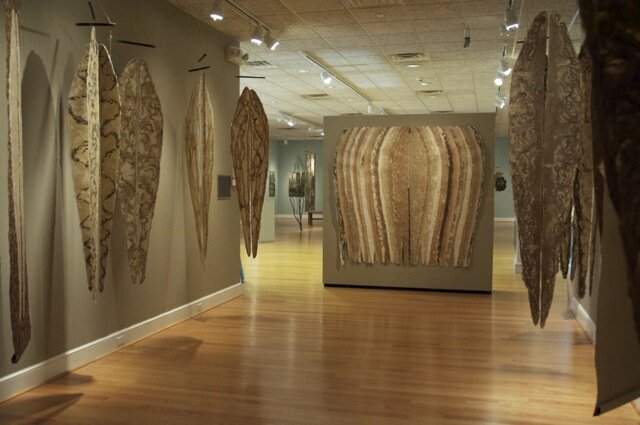
Butterflies, leaves, angel wings, the human form, seed pods -- throughout human history, the reflection and replication of these forms have been symbolic within human cultures spanning thousands of years. The observance of nature and the state of our ecosystem is so important when considering the future of our world.
The Butterfly Effect says that the smallest action can send reverberating waves through the ecosystem, transforming a seemingly innocuous action into a moment of great significance. I started these pieces two and a half years ago as part of my exploration into macro photography in the context of handmade paper shapes. The pieces in this room are all based on the original milkweed pod form. The milkweed pod is a metaphor for the symbiotic relationship that we have with each and every part of our ecosystem through the lens of the butterfly effect.
The milkweed plant plays an integral role in the survival of the monarch butterfly. Monarchs lay their eggs on milkweed leaves, but the plant is rapidly disappearing from fields as a result of chemical pesticide use on corn and soybeans. As a result, monarch numbers have also been drastically reduced. As a keystone species, the monarch supports the survival of multiple other species, including our own. Since our agricultural systems depend on pollinators such as the monarch to ensure reliable yields, the decline in milkweed plants, and monarch butterflies as a result, could prove perilous to our agricultural systems.
If you look at the collapse of our ecosystem, it’s hard to get your head around all of it at once. Our universe is comprised of trillions of very small forms that replicate themselves and each other to form the ecosystem. One way to focus on this issue is to focus on one simple form and blow it up, offering the viewer a more accessible perspective from which they can experience and think about seemingly large and complicated issues.
This work, which has taken me two and a half years to complete, is a study of how seemingly abstract forms are, in reality, microcosms of nature.